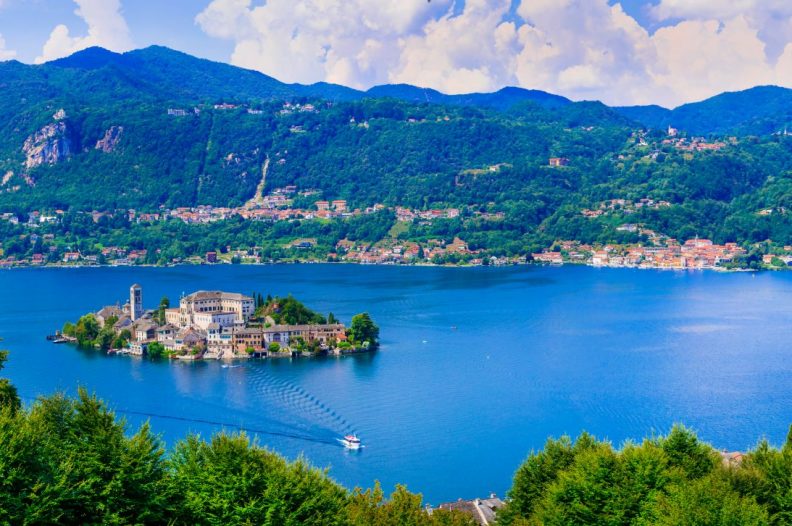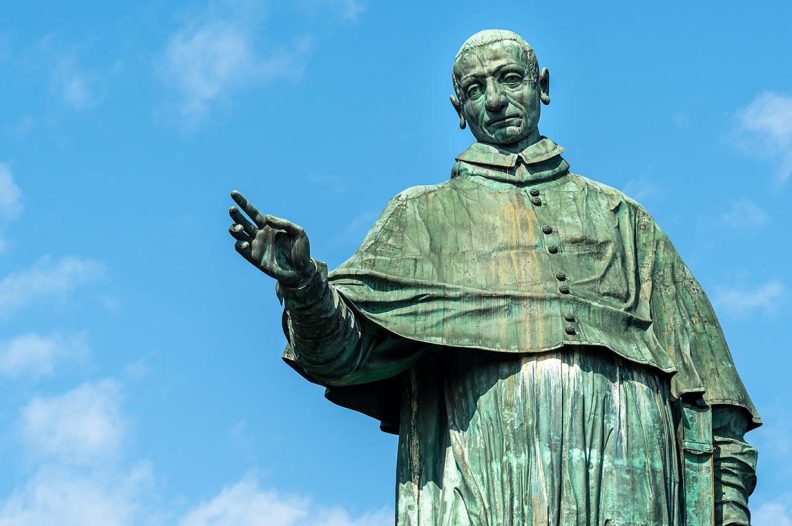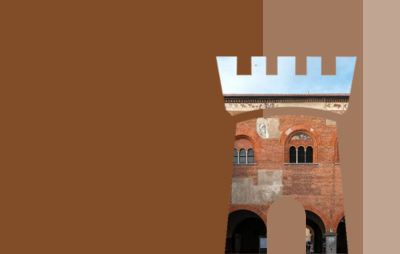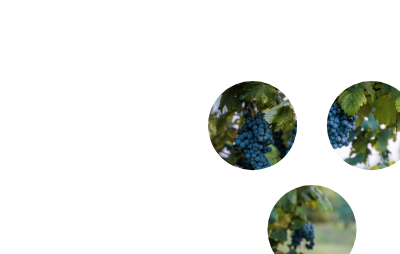An unexpected treasure trove: ancient jewels in the province of Novara
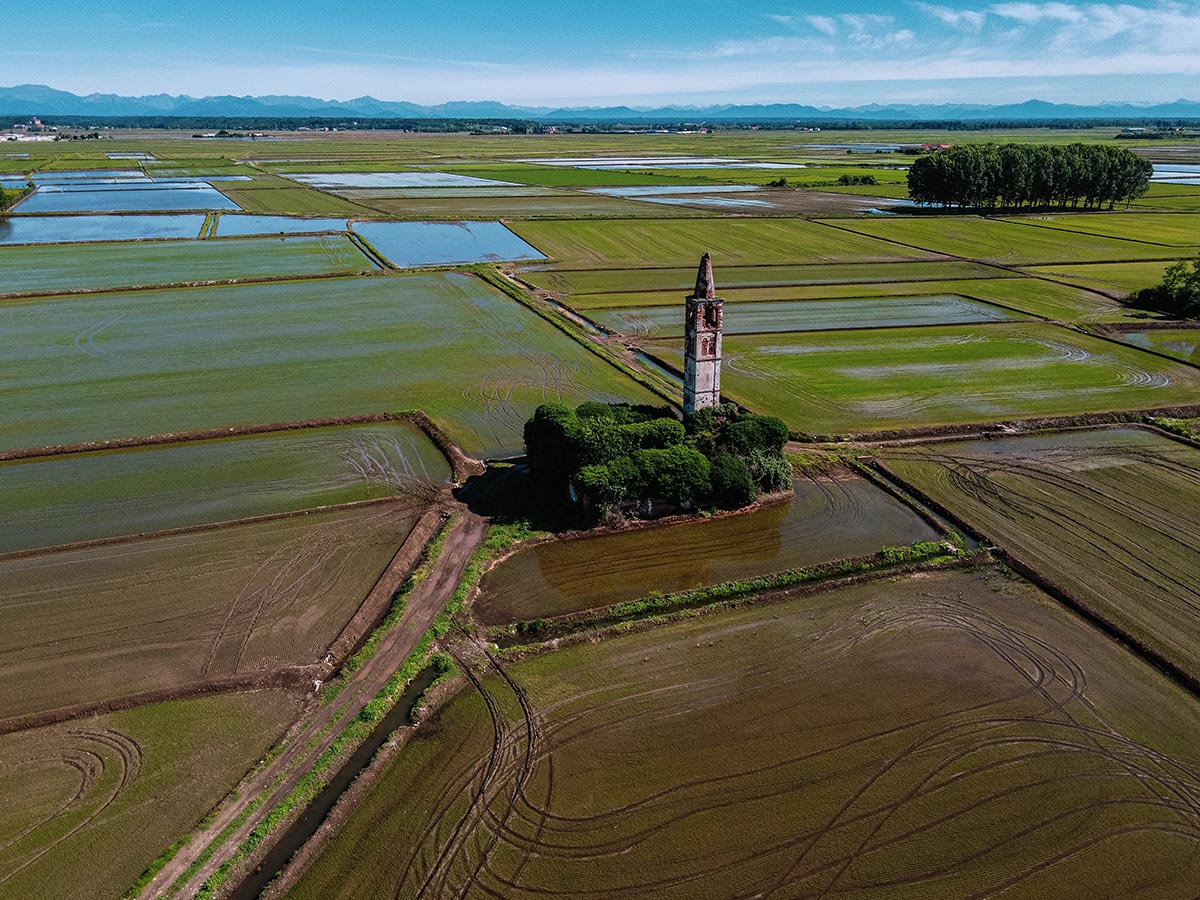
Ruins of the Church of Sant'Antonio Abate, on the road between Castellazzo e Casaleggio.
The secrets of churches, basilicas, castles and oratories
The province of Novara, thanks to it many rivers, lakes and canals, has an extremely important relationship with water, which has always fascinated visitors interested in its natural beauty.
Breathtaking views from the mountains or the pleasant, gently rolling hills conceal hidden treasures: precious pearls set in the verdant countryside, nestled between villages and enchanting locations: these are the numerous churches, basilicas, castles and oratories hidden away, just waiting to be discovered.
Scattered throughout the province, they are testimony to the primary role of the area as a land of passage and as an area of large estates and residences.
Imagine a journey through time, where every step – or every pedal stroke, if you decide to explore by bicycle – presents unexpected surprises. Stop, take the time to visit, explore and learn, intrigued by the events and vicissitudes of the centuries populated by knights and lords.
From north to south, east to west, every corner of the province will have a small parish church, a church, an oratory that contains brightly coloured frescoes, medieval castles and an infinite love for art. The so-called ‘dark ages’ also saw numerous rays of sunshine in the Novara area: by visiting these artistic ‘pearls’ you will understand why.
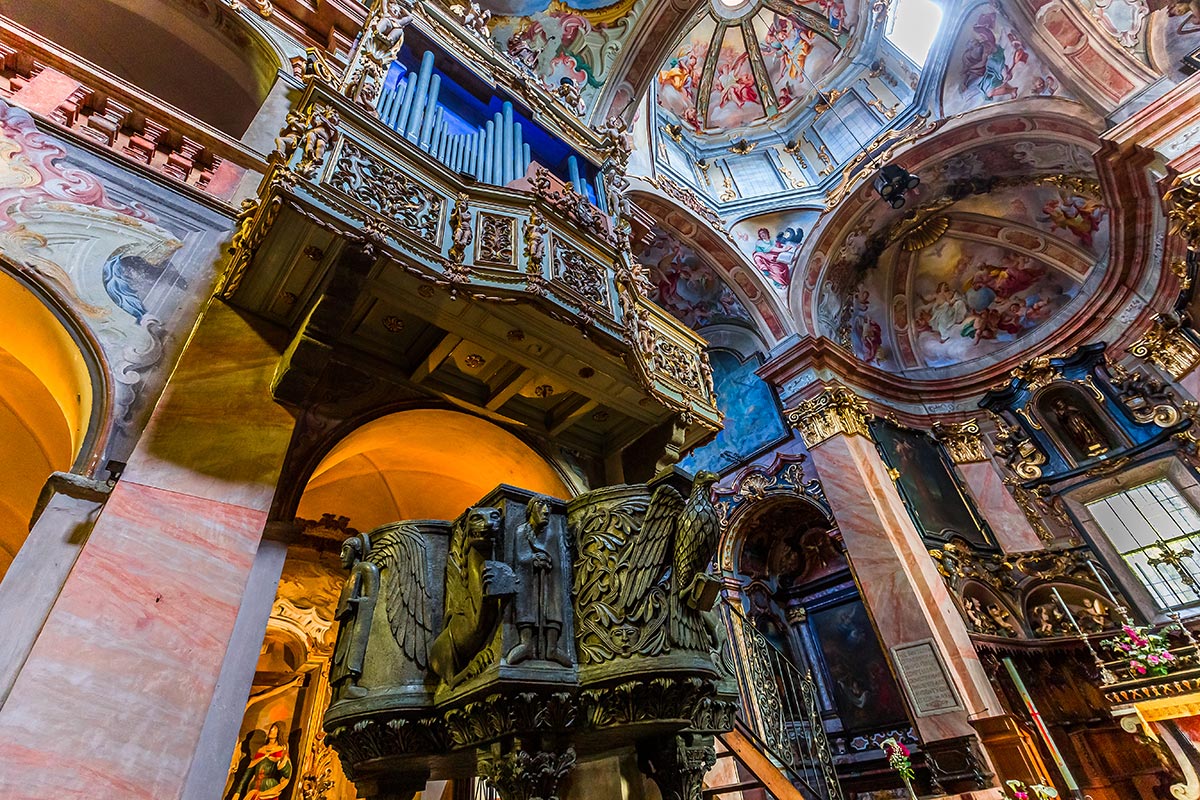
Inside the Basilica of San Giulio, Isola di San Giulio, Lake Orta.
From the lakes to the hills
Using the water as a starting point, a visit to the Basilica of San Giulio in Orta S. Giulio tends to leave one speechless. Richly decorated with vivid frescoes, inside there is a 12th-century Romanesque ambon sculpted in green serpentine marble from Oira. In Arona, on the shores of Lake Maggiore, the Church of the Holy Martyrs contains a valuable altarpiece by Bergognone, dating back to 1489. Gozzano counters with the Basilica of San Giuliano: built on the remains of the ancient 9th century parish church, it was modernized between the 18th and 19th centuries. Inside there are valuable frescoes by Lorenzo Peracino.
Moving between hills and countryside, the church of the Madonna del Latte near Gionzana is a revelation. A small church in the middle of the countryside, inside the rich cycle of 15th century frescoes, with their vivid colours and gothic semblance appear as if modeled on illuminated manuscripts. The pictorial cycle and the entire chapel were restored in 2011 and “inaugurated” by Cardinal Bertone, the Vatican Secretary of State at the time.
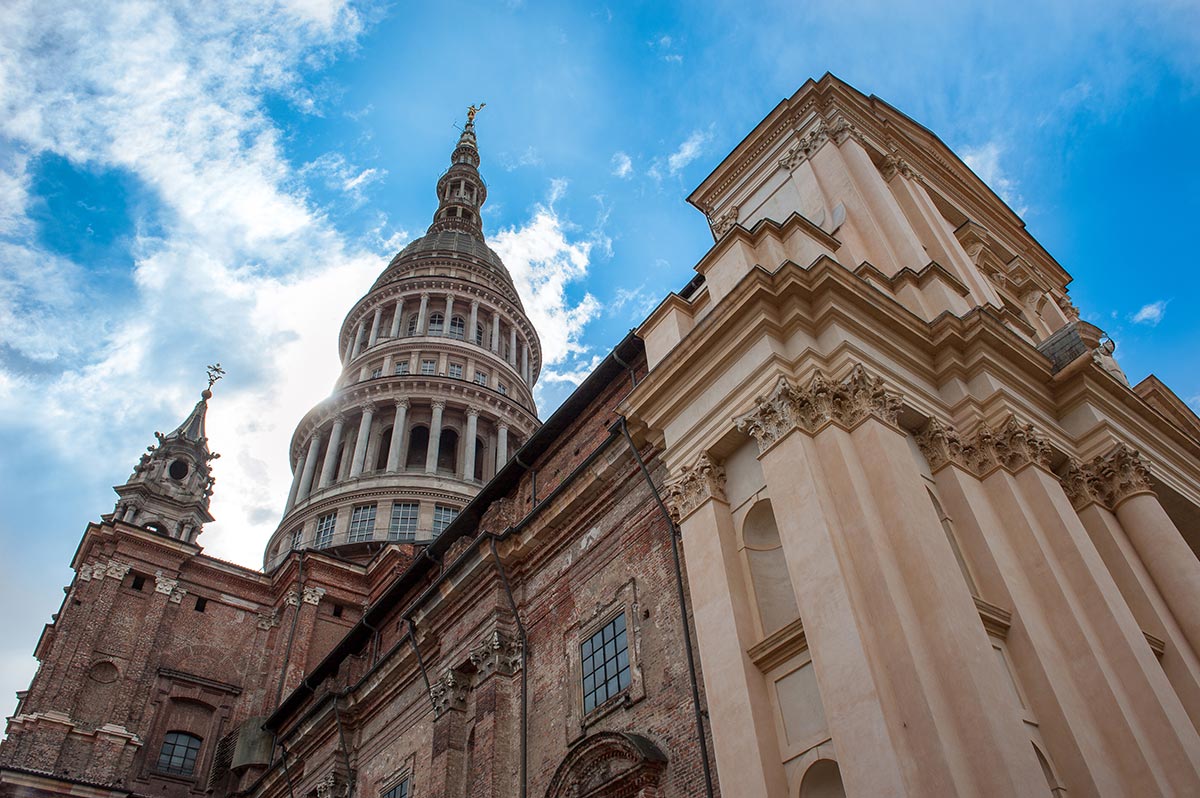
View of the Cupola of the Basilica of San Gaudenzio, Novara.
Splendid Novara and its surroundings
In Novara, a city full of hidden beauties, the legacy of Alessandro Antonelli, the great artist and architect “who thought vertically”, in the words of Sebastiano Vassalli, is always present. The Cathedral, entirely rebuilt in accordance with Antonelli’s plans, complete with a sufficient variety of columns “to embarrass any ancient Greek temple by comparison”, has a mosaic floor in the presbytery that is one of the most important in Europe. Another notable work is the Basilica of San Gaudenzio. Built at the end of the 16th century, it has several masterpieces inside, including frescoes by Tanzio da Varallo in the Chapel of the Guardian Angeland, in the Chapel of the Nativity, the polyptych by Gaudenzio Ferrari: this work was ground breaking, capturing the ability of the great artist to convey emotions, emphasizing gestures, which appear light and harmonic.
The impressive dome of the basilica, the symbol of Novara, is the tallest masonry structure in the world – 121 meters in height – it stands proud and is can be seen from afar.
San Nazzaro Sesia considers theAbbey of Saints Nazario and Celso as a kind of mirage. Founded in 1040, the imposing red brick narthex and the cloister are striking for their remarkable visual impact. The abbey certainly hosted numerous pilgrims who were facing the Via Francigena and had its moment of maximum splendor in the 15th century, when the Benedictine abbot Barbavara introduced new crops and started land reclamation.
In Casalvolone, among the rice fields, the ancient Pieve di San Pietro al Cimitero is unexpectedly different, with its simple and regular shapes, typical of the Romanesque period, with interesting frescoes inside.
And what can one say about the Church of San Pietro a Carpignano? Built in the 11th century, the apse is decorated with a beautiful fresco depicting Christ Pantocrator, while other frescoes depict, among others, the Madonna of the Annunciation and the angel Gabriel. In Briona, the 11th century Church of Sant’Alessandro al Cimitero contains interesting frescoes: a Madonna del Latte from the Tuscan school dating back to the 14th century, as well as frescoes from the 15th century local art school.
ANTONELLI AND HIS ARCHITECTURE
Alessandro Antonelli (Ghemme, 1798 / Turin 1888) was an architect and a politician of the Kingdom of Sardinia. Among his most famous works are the Dome of the Mole Antonelliana in Turin, the Dome of the Basilica of San Gaudenzio in Novara and the Sanctuary of Boca, whose dome remains unfinished.

Casalvolone, Pieve di San Pietro -foto di Stefano Brambilla Touring Club Italiano
Hunt the art treasures
In Trecate we find the Church of the Madonna delle Grazie: a pilgrimage destination, inside it houses an 18th century altarpiece depicting the Madonna delle Grazie, the work of Novara masters from Novara of the Lombard school of the late 16th century. The city is also home to the convent of San Francesco. Founded around 1475, only part of the first cloister, frescoed in the second half of the 17th century, remains.
Continuing our treasure hunt, in Romagnano Sesia the abbey of San Silvano contains important frescoes in the “Cantina dei Santi”, dating back to the 15th century, while the church of Santa Maria delle Grazie, inside the medieval village of Grignasco, houses two important fresco cycles executed in 1489 and 1543, respectively depicting Christ Pantocrator and scenes from the life of Jesus, combined with figures of saints.
It is possible to ‘waste’ entire days searching this territory so rich in unexpected “gifts”. Whether you want to explore the area for passion, interest or just curiosity, the province of Novara offers a magnificent collection of small treasures of great value.
A BAROQUE MASTERPIECE IN GRIGNASCO
The church was designed by the architect Bernardo Antonio Vittone, and was built between 1751 and 1770. The hexagonal shape of the facade, with a simple brick curtain, opens with a singular concave pattern above a spectacular system of stairs and terraces.
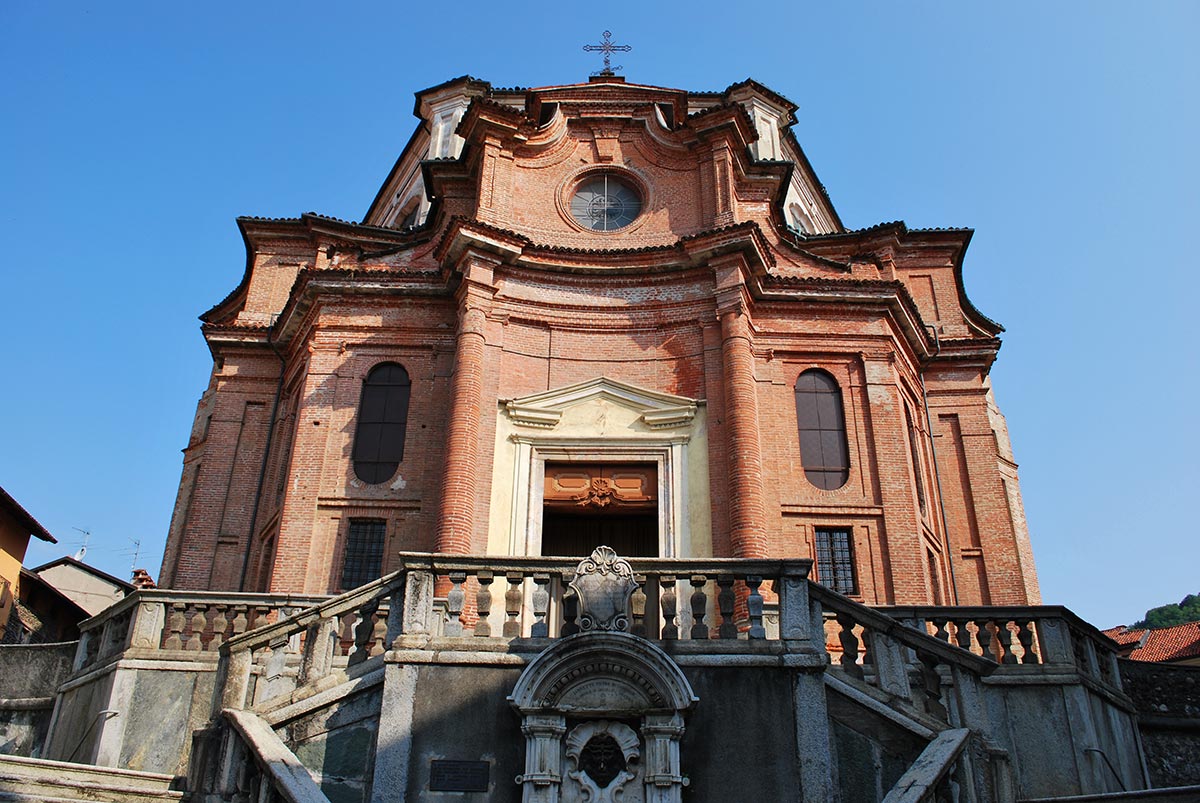
Church of Santa Maria delle Grazie, Grignasco.
